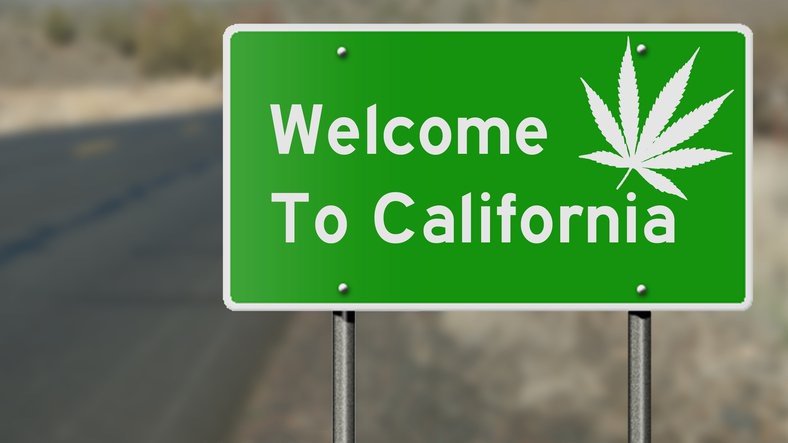California Set To Harmonize Recreational And Medical Marijuana Laws

With passage of the Medical Cannabis Regulation and Safety Act (“MCRSA”) in 2015, California took a huge step towards comprehensively regulating its medical cannabis industry after more than 20 years of little to no such state government oversight under Proposition 215. Under the MCRSA, California medical cannabis businesses can expect a bevy of regulations spanning packaging and labeling requirements, mandatory quality assurance testing, advertising, seed to sale tracking, environmental impact restrictions, plant canopy and potency limitations, and financing and ownership restrictions. The same level of regulation and government oversight can also be expected under the Control, Regulate, and Tax Adult Use of Cannabis Act (“AUMA”), California’s legalization of recreational marijuana initiative that passed in 2016.
Other states that legalized and regulated both medical and recreational cannabis have taken a variety of approaches to handling these two somewhat different industries, ranging from dual regulation and licensing to essentially snuffing out medical cannabis by forcing patients to visit recreational stores. California is now confronting how it will deal with its parallel licensing and regulatory systems for medical and adult use cannabis. Though the AUMA and MCRSA are similar, there are distinct differences between them that will impact how licenses are obtained and how businesses are run and operated. Among other things, the AUMA and MRCSA differ on licensing timelines; priority licensing; mandatory distributorships; license categories and types; local approval prior to licensure by the state; ownership restrictions; residency requirements; and traceability systems. In addition, the MCRSA limits vertical integration of licensees, generally allowing cannabis licensees to hold licenses in no more than two separate categories and only in certain combinations while the AUMA has no such vertical integration restrictions.
In response to these conflicts, California Governor Jerry Brown recently proposed a technical fix in a Budget Trailer Bill. The fact sheet attached to that Bill states that “[a]s the state moves forward with the regulation of both medicinal cannabis and adult use, one regulatory structure for cannabis activities across California is needed to maximize public and consumer safety.” Ultimately, Brown’s Bill seeks to avoid confusion among regulating agencies and to harmonize the MCRSA and the AUMA into one master regulatory structure with two separate licensing tracks for medical and adult use cannabis operators.
Overall, Governor Brown’s 79-page proposal favors the more liberal regulatory standards set out in the AUMA, and it would specifically:
more...
http://abovethelaw.com/2017/04/california-set-to-harmonize-recreational-and-medical-marijuana-laws/
